Best Time for Foundation Repairs
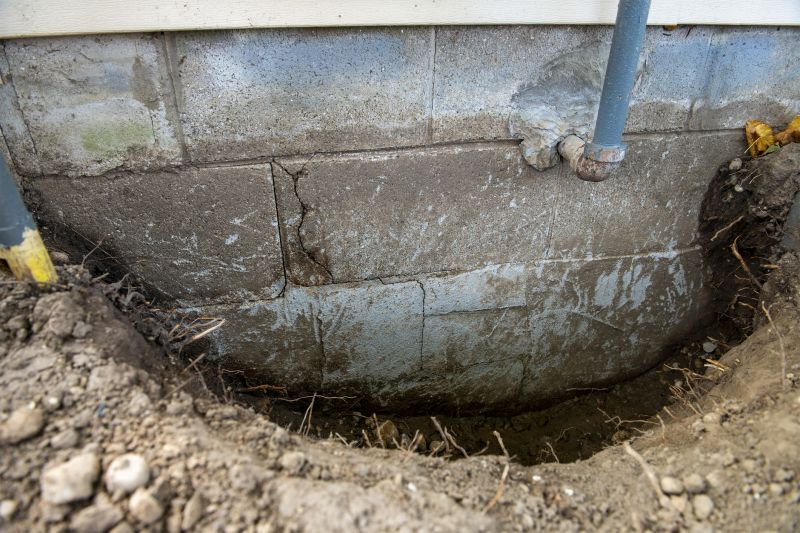
Spring often brings moisture fluctuations that can impact foundation stability, making it a suitable time for repairs.
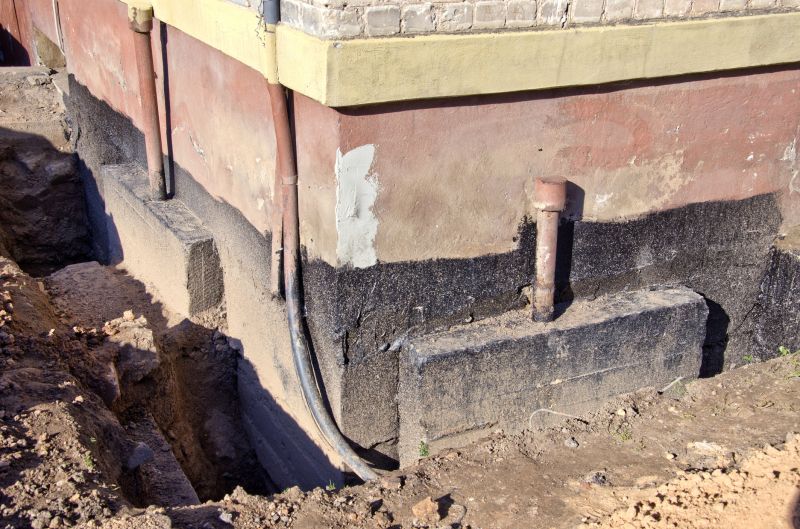
Dry summer months can facilitate easier access for repair work and reduce delays caused by weather.
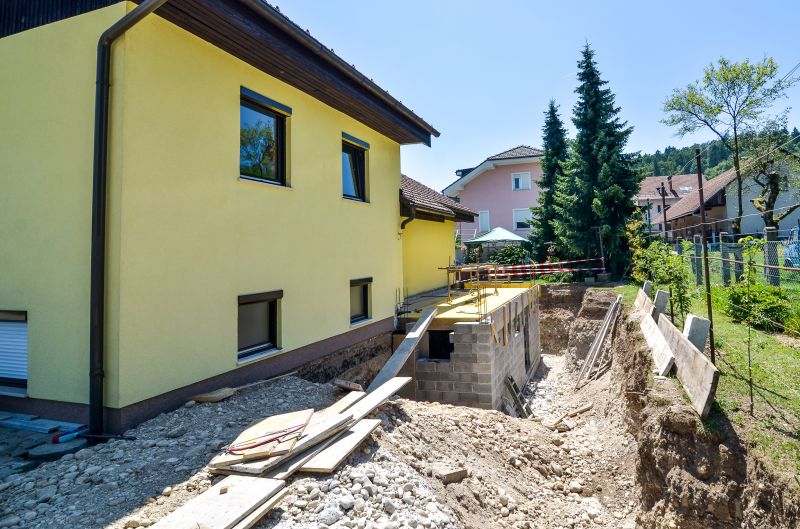
Fall allows for repairs before winter, preventing further damage from freeze-thaw cycles.
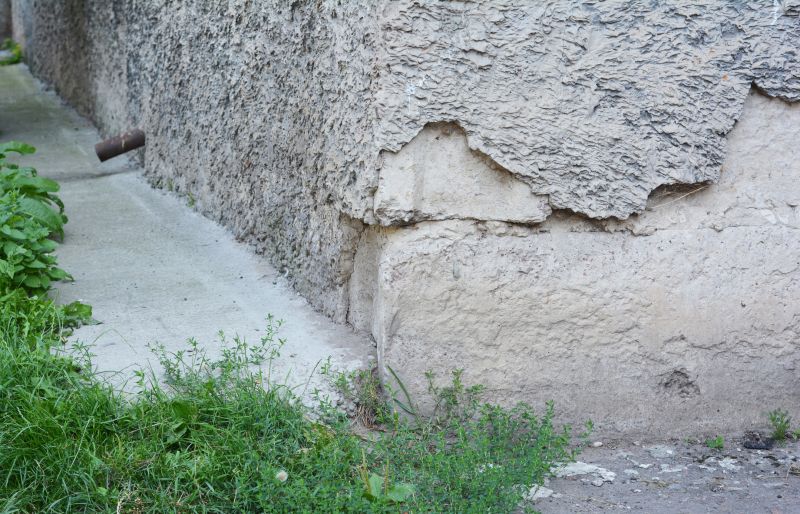
Winter is generally less ideal due to cold temperatures and frozen ground, but repairs may be necessary if urgent issues arise.

Scheduling repairs after seasonal shifts ensures soil conditions are optimal for effective work.

Late fall and early spring are often less busy times for contractors, potentially offering more flexible scheduling.
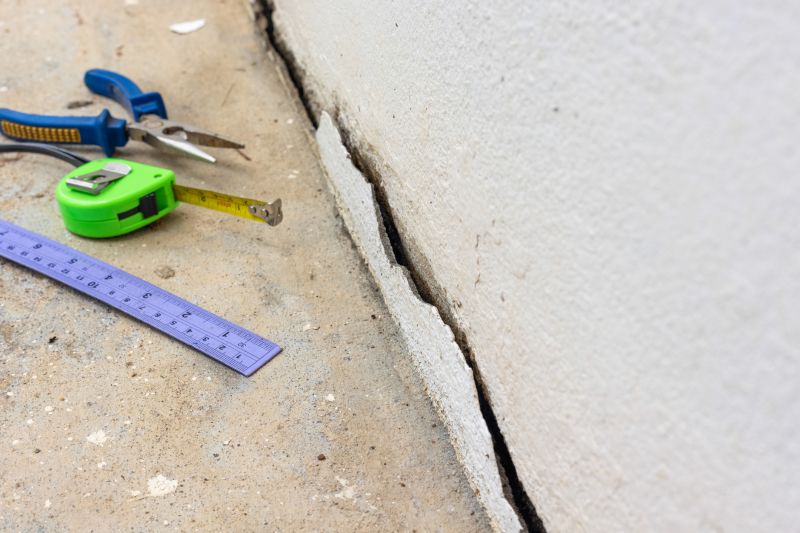
Ways to make Foundation Repairs work in tight or awkward layouts.
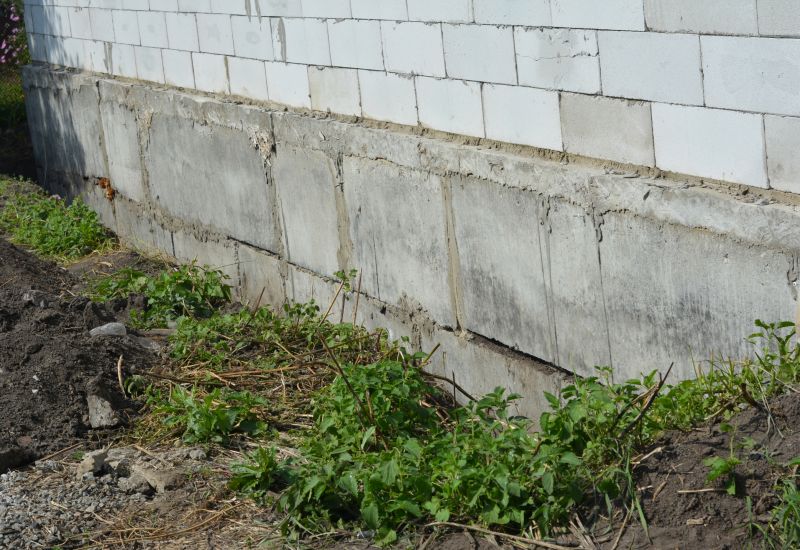
Popular materials for Foundation Repairs and why they hold up over time.
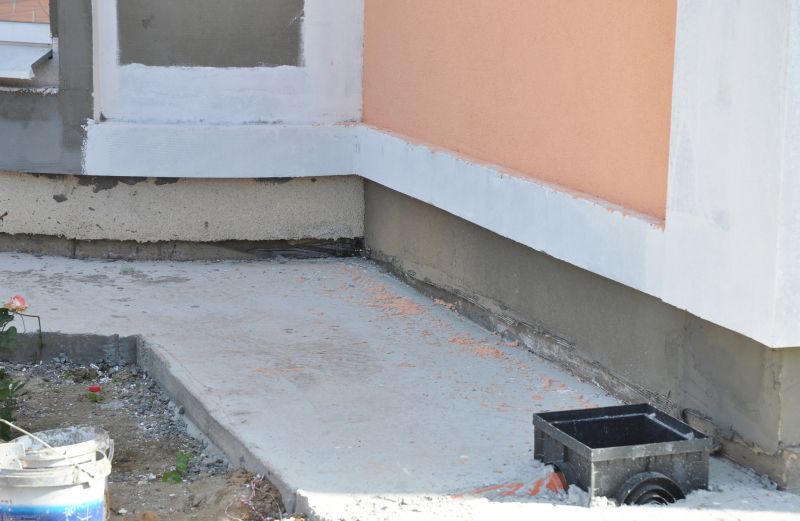
Simple add-ons that improve Foundation Repairs without blowing the budget.
Foundation repairs are critical to maintaining the structural integrity of a building. Addressing issues promptly can prevent further damage and costly renovations. Foundation problems can manifest as cracks, uneven floors, or doors and windows that do not close properly. Factors influencing the timing of repairs include soil conditions, weather, and the severity of damage. In regions like Michigan, seasonal changes can cause soil expansion and contraction, which impact foundation stability. Timely repairs help mitigate these effects and preserve property value.
Statistics indicate that foundation issues are among the most common structural problems faced by homeowners. Approximately 25% of residential structural repairs involve foundation stabilization. Delayed repairs can lead to increased costs, with some estimates showing expenses doubling if issues are left unaddressed for extended periods. Proper assessment and intervention during optimal weather conditions ensure the longevity of repairs and reduce the risk of recurring problems.

Visible cracks can indicate shifting or settling that requires professional attention.
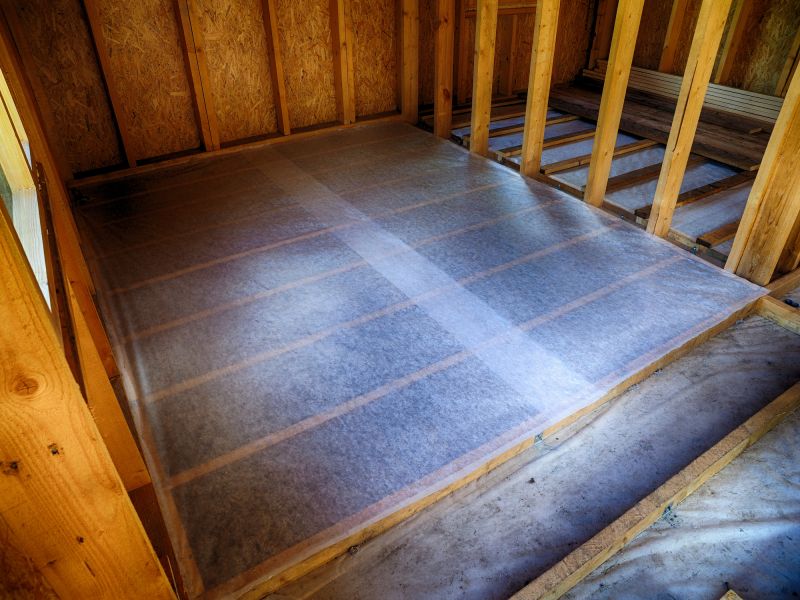
Sagging or uneven flooring often signals underlying foundation movement.
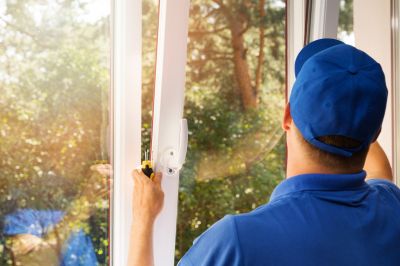
Difficulty closing or gaps around frames may be signs of foundation shifts.
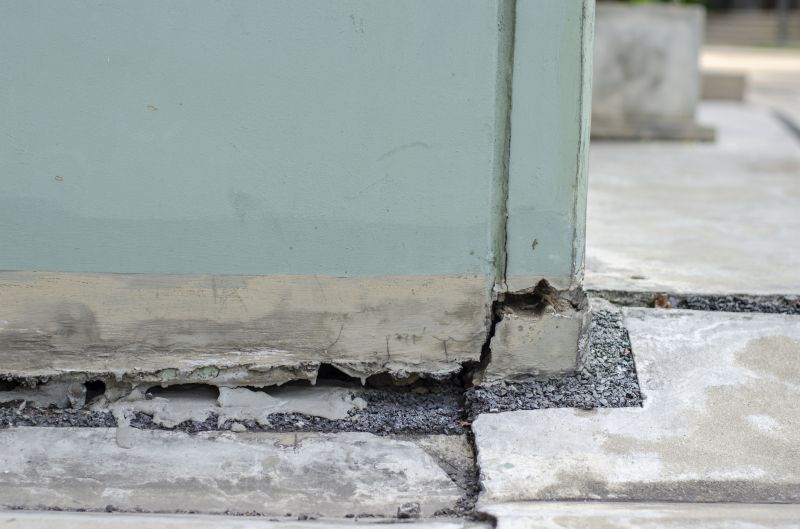
Excess moisture or drainage problems can exacerbate foundation deterioration.

Soil expansion and contraction are common in Michigan and influence foundation stability.
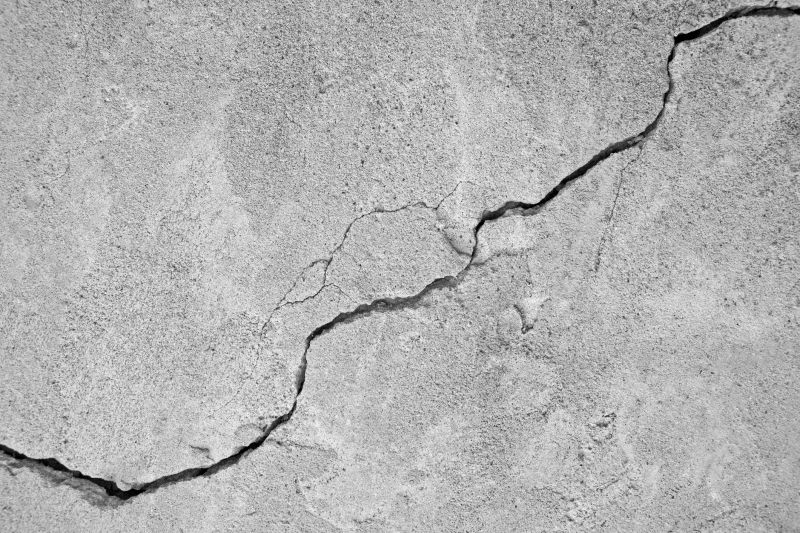
Regular inspections can help detect early signs of foundation problems.
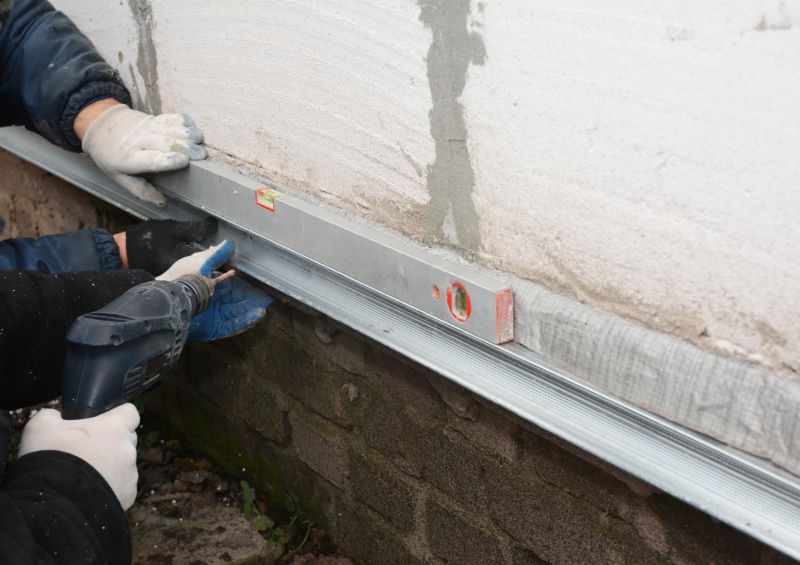
Methods include underpinning, piering, and stabilization to restore foundation integrity.
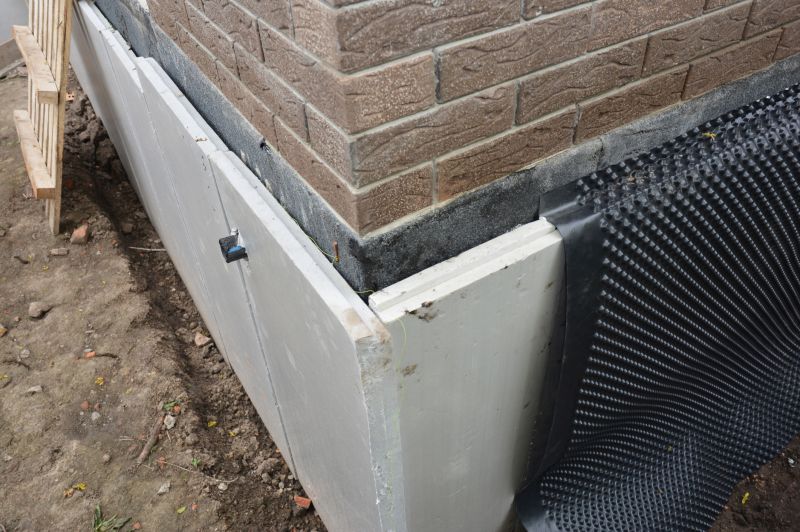
Proper drainage and soil management can reduce future foundation issues.
| Season | Ideal for Repairs |
|---|---|
| Spring | Yes |
| Summer | Yes |
| Fall | Yes |
| Winter | Limited |
| Late Fall/Early Spring | Optimal |
High-end options that actually feel worth it for Foundation Repairs.
Finishes and colors that play nicely with Foundation Repairs.
Little measurements that prevent headaches on Foundation Repairs day.

